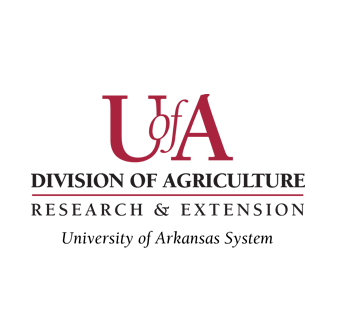Keywords
Microbes, mycotoxins, rough rice, infrared wavelengths
Abstract
Formation of harmful microbes and their associated mycotoxins on rough rice during storage presents negative socioeconomic impacts to producers and consumers. The objective for this study was to investigate the impact of treating rough rice with selected infrared (IR) wavelengths at different IR intensities and heating durations, followed by a tempering step for further inactivation of microbes (mold and bacteria) on the grain. Freshly-harvested long-grain, hybrid, rough rice (XL 745) with initial moisture content (IMC) of 18.4% wet basis (w.b.) was used. Two-hundred grams (200 g) samples of rice were treated at different IR wavelengths (λ), 3.2, 4.5, and 5.8 μm for 10, 20 and 30 seconds (s); at product-to-emitter gaps of 110, 275, and 440 mm. This was then followed by tempering the grain; putting samples in air-tight jars and holding at a constant temperature of 60 oC for 4 hours (h). Inoculated Petrifilm plates for mold and bacterial analyses were incubated at 25 oC for 120 h and 35 oC for 48 h respectively. Samples treated at wavelength 3.2 μm (product-to-emitter gap 110 mm) for 30 s showed the greatest reduction in mold and bacterial load; approximately 3.11 and 1.09 log reduction in the colony forming unit of mold and bacteria, respectively. Microbial analysis was performed on the rice prior to tempering, then all of the rice was tempered and microbial analysis was performed again to analyze the effectiveness of a tempering step. Tempering treatment further reduced the microbial load at each IR treatment condition. Molds showed more susceptibility to the IR decontamination than bacteria. This study provides useful information on the effectiveness of IR heating and tempering on microbial inactivation on rough rice.
Recommended Citation
Bowie, R. L., Atungulu, G., Oduola, A., Wilson, S., & Mohammadi-Shad, Z. (2019). Impact of Selected Infrared Wavelengths on Inactivation of Microbes on Rough Rice. Discovery, The Student Journal of Dale Bumpers College of Agricultural, Food and Life Sciences, 20(1), 13-20. Retrieved from https://scholarworks.uark.edu/discoverymag/vol20/iss1/6
Included in
Agribusiness Commons, Agricultural Economics Commons, Agricultural Education Commons, Agronomy and Crop Sciences Commons, Animal Sciences Commons, Botany Commons, Communication Commons, Entomology Commons, Environmental Studies Commons, Family and Consumer Sciences Commons, Food Science Commons, Horticulture Commons, Nutrition Commons




